On the frontlines is our monthly newsletter section covering the activities of BirdLife Malta’s conservation, policy, nature reserve (Salina, Simar, Għadira and Foresta 2000), seabird and public engagement teams, together with an update about rare and scarce bird species observed.

Mist Net Trapper Fined
A bird trapper was found guilty of using mist nets to catch wild birds. Using mist nets is a prohibited method of trapping, due to their indiscriminate nature of capturing birds. They pose a huge risk to wildlife as the nets are almost invisible and can result in many animals getting entangled.
This case concerned a mist net discovered by a BirdLife team in Ħal Għaxaq. The incident was reported to the Environmental Protection Unit (EPU), and the police managed to apprehend the trapper on site, confiscate the mist nets, as well as live decoys and an electronic bird caller.
The trapper was fined €5.000 and received a trapping licence suspension for life.
Rabbit Hunting Season
The hunting season for Wild Rabbit is open from June 1st until December 31st.
Since the relaxation of rabbit hunting legislation in 2019, it is even easier for hunters to use the season as a smokescreen to target birds. According to Wild Birds Regulation Unit’s game reporting data, just 62 rabbits were caught in 2024, despite 3,162 licensed wild rabbit hunters.
Therefore, BirdLife Malta urges the public to remain vigilant and to report any illegal hunting activity to the Environmental Protection Unit by calling 119.
Members of the public can also report to BirdLife Malta by calling 2134 7645 during office hours or 7925 5697 outside office hours.
What to Do If You Find a Young Swift
During summer, you might come across a young Swift on the ground. To ensure its safety until our team can collect it, please follow these simple guidelines.
First, it’s important to distinguish between a baby Common Swift and a fledgling Spanish Sparrow. Young Spanish Sparrows are small and brown, and it’s common to see them on the ground being fed by their parents during the fledging season. If you find one, there’s no need to intervene.
In contrast, baby Swifts are usually greyish with small black beaks and pointed wing tips. They don’t call or chirp for their parents, and unlike Sparrows, they are unable to take off from the ground. As a result, adult Swifts will not return for them once grounded.
Young Swifts may leave their nests too early — either accidentally or due to excessive heat. If you find one, gently place it in a ventilated cardboard box. Do not offer food or water, as their diet is highly specific and changes can be harmful or even fatal.
For assistance, contact BirdLife Malta. For further information about injured birds click here.
Helping Grounded Yelkouan Shearwaters
Between June and mid-July, young Yelkouan Shearwaters leave their cliffside nests for the first time. On their maiden flight, some may become disoriented and end up stranded inland. These seabirds use the horizon’s light to navigate, but urban light pollution can confuse them at night. As a result, they may become grounded in brightly lit areas such as roads, seafronts, ports, and towns — unable to find their way back to sea.
If you encounter a grounded Yelkouan Shearwater, please follow these steps:
- Contact BirdLife Malta at 2134 7645 during office hours or 7925 5697 on evenings and weekends;
- Note the exact location where you found the bird as accurately as possible;
- Approach the bird from behind and gently pick it up using a clean cloth or towel, making sure to keep its wings folded against its body and support the head;
- Place the bird in a well-ventilated cardboard box;
- Keep the box in a cool and dark place;
- If possible, offer fresh water in a deep, stable container. Let the bird drink on its own without handling it further. Do not attempt to give water directly;
- Do not attempt to feed the bird.
Your assistance can make a life-saving difference for these vulnerable seabirds.
Join BirdLife Malta’s Autumn Raptor Camp!
BirdLife Malta is looking for volunteers to take part in our autumn bird migration camp, dedicated to monitoring and protecting birds of prey like the Western Marsh-harrier and the European Honey-buzzard during their peak migration in September and October.
As a volunteer, you’ll be tracking migrating birds and reporting any illegal hunting activity to the police in order to help safeguarding these species. While bird identification experience is a plus, it’s not required — just bring your enthusiasm! Volunteers who are willing to drive are particularly welcome.
Expect early mornings and evenings spent outdoors in the Maltese countryside. A positive attitude and strong teamwork are key to making this a rewarding experience.
Please note that this is a self-funded opportunity. Accommodation is provided at a designated hotel, but we recommend contacting us before booking flights to ensure space is available.
Sign up now and help protect Malta’s birds this migration season!
If you wish to register your interest, or have any queries, please contact [email protected]
Rehabilitation and Releases
This past month, we once again witnessed the incredible phenomenon of spring migration. As always, it brings with it a wave of exhausted travellers. These birds have pushed their limits during their long journeys, and some of them might not have survived without our team’s dedication.
Three Common Little Bitterns, found stranded in highly urban areas, were among the lucky ones. Dehydrated and weakened, they quickly regained strength after fluid therapy and were soon ready to continue their journey northward.
We also treated three birds with severe concussions: a young male Blue Rock-thrush, an Eurasian Golden Oriole, and a wonderful rufous female Common Cuckoo. After a few days of care and rest, they all made a full recovery.
Another special patient was a European Turtle-dove — found during the open hunting season near the fields in Marsascala — suffering from a bad chest abrasion, likely due to a collision. After treatment, it was successfully released back into the wild.
BirdLife Malta’s work with seabirds continues as well. We treated three Yellow-legged Gulls suffering from gastrointestinal infections. With antibiotics and supportive care, they recovered and returned to the skies.
We also rescued a Yelkouan Shearwater contaminated with oil from a nearby fish farm. The oil compromised the bird’s waterproof feathers, leading to hypothermia and near drowning. After a careful wash and a monitored rehabilitation process, it was clean, healthy, and ready to return to sea life to its breeding colony.
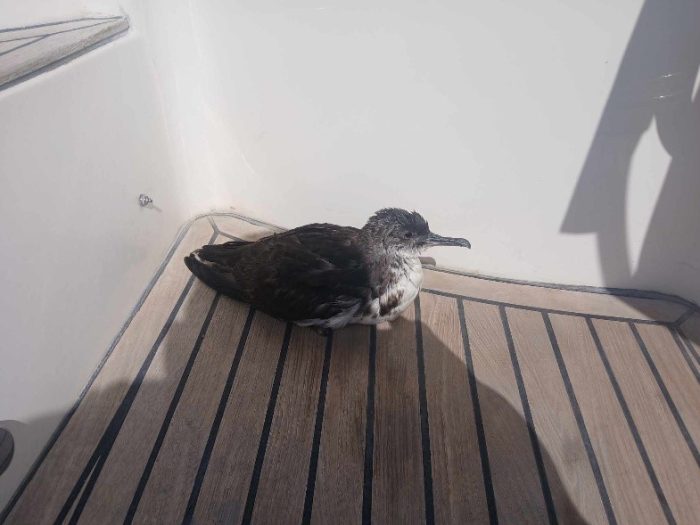
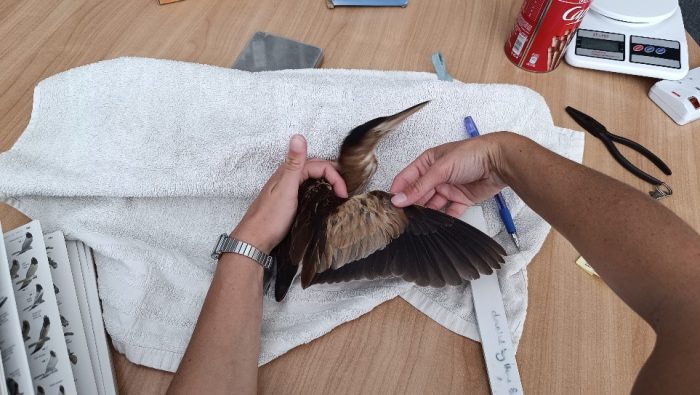
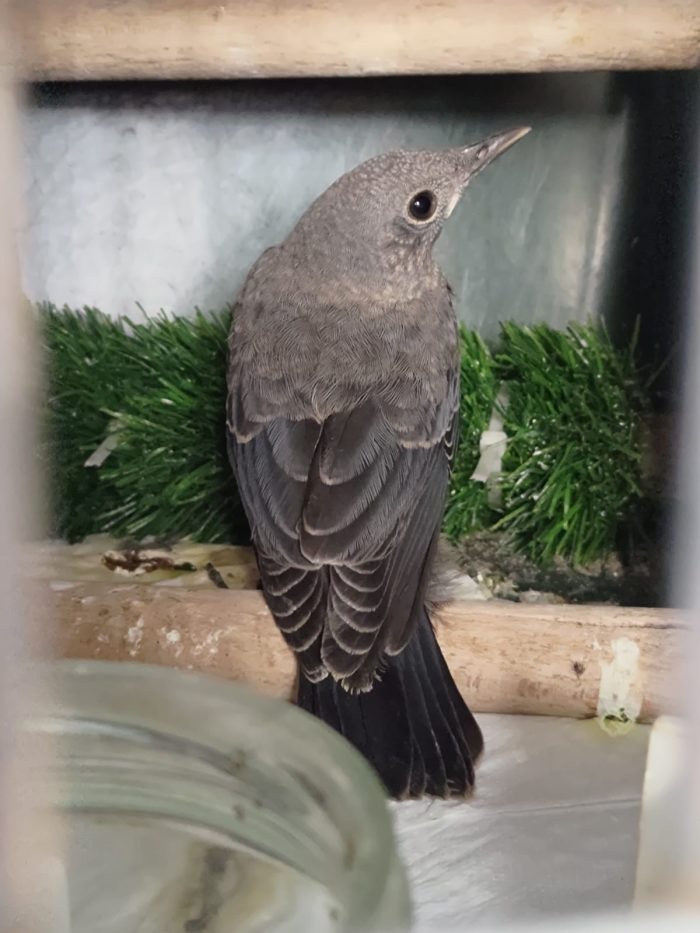

Shared Waters: Working Closely with Fishers
While we work to protect seabirds on land, we are also addressing a serious threat they face at sea: seabird bycatch — one of the most critical issues in pelagic environments. In early May, a member of our team joined a surface longline fishing boat to observe seabird-fishery interactions. The trip took place from the 1st to the 5th of May, departing from Marsaxlokk harbour. During this time, we closely monitored how seabirds interacted with fishing vessels and their fishing gear. We also tested a mitigation measure called ScaryBird Kite, collecting data on its effectiveness. All direct observations were recorded using a standardized protocol and the CyberTracker application on a tablet. This app was originally and previously developed by our partner SPEA (Sociedade Portuguesa para o Estudo das Aves) and later adapted for broader use across our partner network as part of the LIFE PanPuffinus! project. The goal is to ensure consistent data collection and maintain a shared database accessible to all project partners.
Data and Depth: Fishers with Time-Depth Recorder — How Fast Does the Gear Sink?
Thanks to the ongoing support from engaged fishers, we have been deploying Time-Depth Recorders (TDR) on drifting longline fishing gear — four vessels have assisted us already. Fishers install the TDRs themselves during routine fishing operations, recording key data for us. These devices measure pressure, allowing us to understand how deep the gear sinks — something that even fishers are surprised by when they see the results! By doing so, we can also discover how long does it takes for the gear to sink, which tells us how long baited hooks remain near the surface — where seabirds are most vulnerable. This provides valuable data that could identify mitigation methods across different types of equipment.

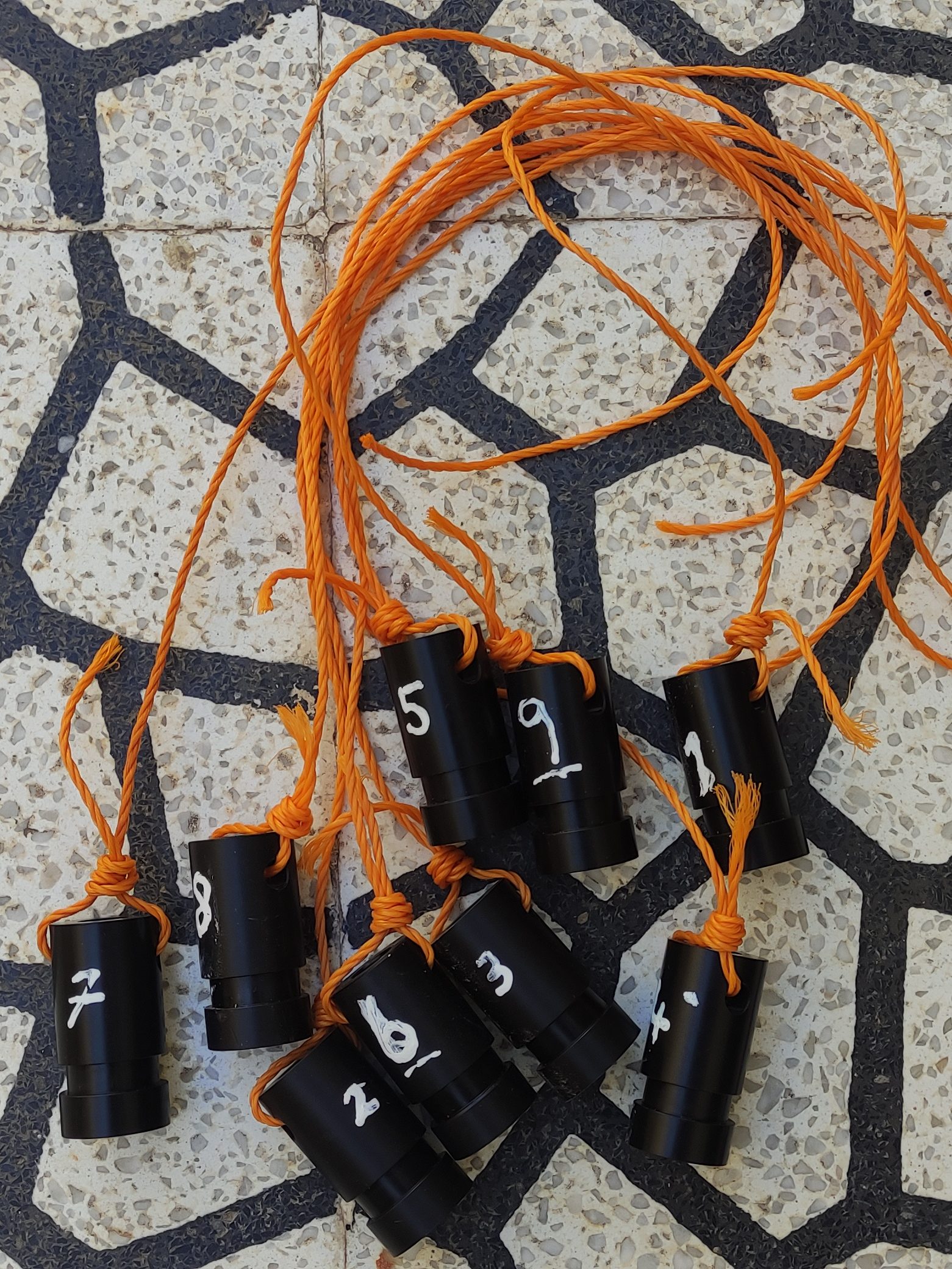
Field Notes: Seabird Monitoring — Second Rounds
Back on land, our work is quite dynamic. We are closely monitoring chick growth and breeding success, while also conducting capture-mark-recapture of Yelkouan Shearwaters. During a recent session at Rdum tal-Madonna, we had a remarkable encounter: we recaptured a 16-year-old Yelkouan Shearwater that had been ringed as a chick in the same cave!
In addition, we carried out a search for Yellow-legged Gull chicks on St. Paul’s Island, and we successfully ringed 20 individuals with metal rings and 19 with colour rings to facilitate their identification. We also continue our biosecurity and rat control efforts at the colony sites.
May is a particularly active month for our team, requiring us to make full use of all modes of transport – whether by car, by boat, by kayak, or even abseiling – to reach our sites.
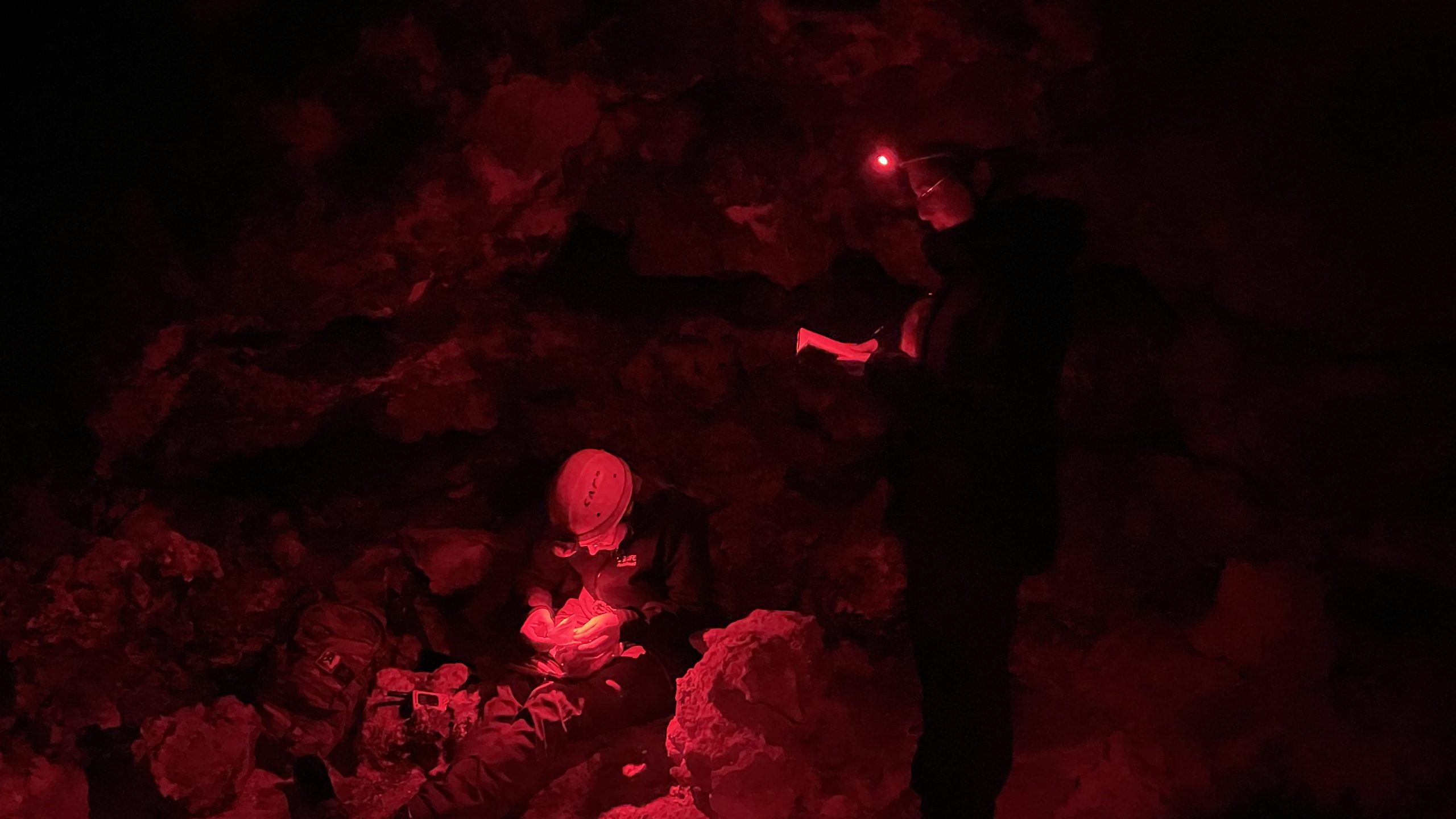
Follow our LIFE PanPuffinus! project on our website and social media!

BirdLife Malta Objects to Qormi Boutique Hotel Proposal Threatening Urban Green Space
As of August 2024, Malta is bound by new obligations to ensure there is no net loss in the national area of urban green spaces and tree canopy cover within urban ecosystems, compared to 2024 levels. Although the areas in question are still to be defined in Malta’s nature restoration plans, this legal requirement already places a clear responsibility on authorities to protect existing green spaces, not replace them with developments driven solely by economic interests.
In light of this, BirdLife Malta has submitted a formal objection to the proposed development of a boutique tourism accommodation within the San Ġorġ village core in Qormi. While we support the restoration and adaptive reuse of the historic palazzo, we are seriously concerned about the proposed extension of the development into the adjoining historic garden. The plans would result in the loss of a significant portion of this green space, including the uprooting of several trees — among them, protected olive trees.
It is the duty of the Planning Authority to reject applications that reduce urban green space. Preserving what remains is not optional, it is a legal obligation.
Read our full objection here.
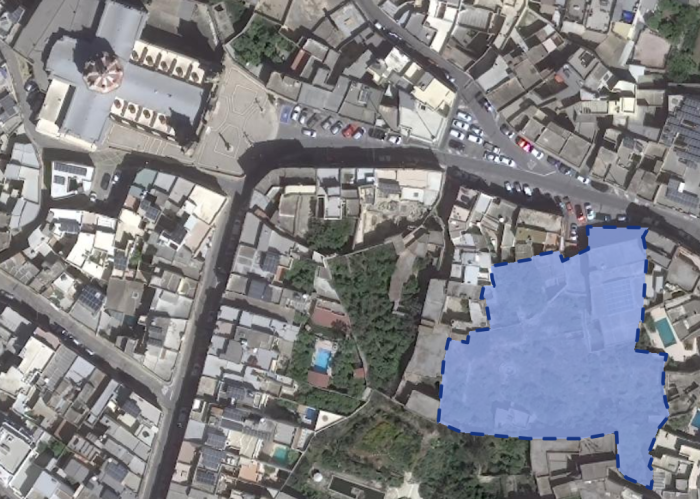
Qormi boutique hotel application in San Ġorġ area will destroy parts of a historic garden, a valuable urban green space which merits strict protection.
(Photo: Planning Authority pamapserver.pa.org.mt, 2025)
BirdLife Malta Objects to Suspicious Water Reservoir Application in Żebbuġ, Gozo
BirdLife Malta objected to a suspicious development application in a site alongside Wied tal-Grazzja in Żebbuġ, Gozo. The application seeks permission for the construction of an underground water reservoir and rubble wall. While we hold no objection to the development of such infrastructure when genuinely intended for agricultural purposes, in this case, the context surrounding the application raises questions on its legitimacy.
In 2023, BirdLife Malta reported unauthorised excavation in Żebbuġ, Gozo, resulting in a large artificial water pond. Although the Planning Authority confirmed works had ceased, no Stop or Enforcement Notice was issued, and our requests for clarification remain unanswered. The site, which appears to simulate a natural water body, raises concerns due to past associations of similar ponds with illegal hunting of wading birds.
A 2024 application (PA/03185/24) to sanction the pond was deemed environmentally “excessive” and “objectionable” by the Environment and Resources Authority, before being withdrawn. Now, the current application (PA/02689/25) seems to rebrand the same pond as a “water runoff” area and an underground water reservoir. This shift raises serious questions about its true purpose.
We strongly urged the Planning Authority to reject this application. The site should be restored, and only after ecological recovery should a reservoir – for verified agricultural use – be considered, under strict monitoring.
Read our full objection here.

Landowner who carried out illegal alterations to mimic a natural water pool is now seeking approval for a ‘water runoff’ area and underground reservoir through a planning application
(Photo: Planning Authority eapps.pa.org.mt, 2025)

Salina Nature Reserve
Sightings
Sunshine, tranquillity, and the song of the season’s last migratory birds marked Salina Nature Reserve during the last month. The saltpans provided food and shelter not only for the usual resident birds, but also for a few noteworthy passers-by. Our visitors could enjoy the graceful flight of European Bee-eaters, Eurasian Golden Orioles, Squacco Herons and Black-crowned Night-herons. Great Reed-warblers and Icterine Warblers were also present. One Icterine Warbler even ventured into the Visitors’ Centre, but managed to safely find its way out on its own. Finally, an Audouin’s Gull with an Italian coloured ring was spotted in our saltpans, making brief appearances for several days.

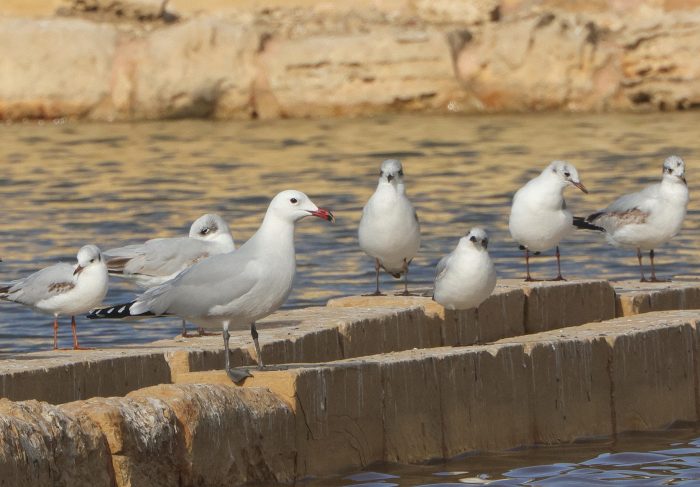
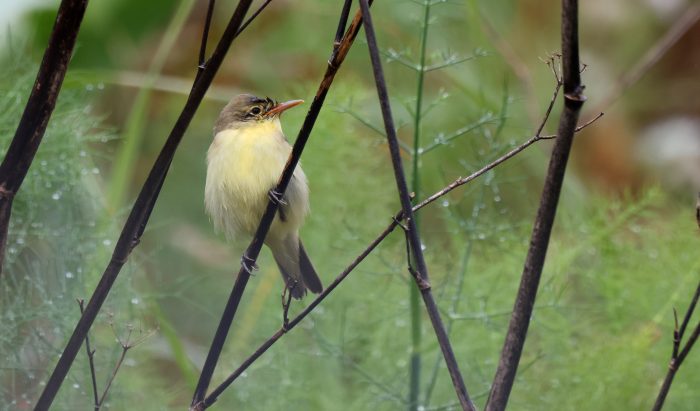
Works
The Salina staff and volunteers have used the last days of cool weather to begin the final preparations for the summer salt harvest. With the on-growing interest in Salina’s salt, a successful harvest is anticipated and eagerly expected. Additionally, the vegetation along the saltpans and wetlands has been trimmed and the ponds have been replenished with native aquatic plants.
Final maintenance works are also underway in the Visitors’ Centre, ensuring locals and tourists a great experience in the reserve this summer. And to beat the summer heat, cold drinks are now available at the Salina shop!
With the beginning of the new tourist season, the number of visitors at Salina Nature Reserve is steadily growing. Along with the Salt Museum, the new VR headsets have become a popular attraction, offering a bird’s-eye view of Salina and giving guests a unique perspective of the saltpans. Organized visits to the reserve are becoming more frequent, and the Salina team is pleased to report overwhelmingly positive feedback — especially from school visits, which fill the reserve with laughter and excitement from our youngest guests.
So, make sure to stop by Salina and experience its fun and beauty for yourself!
Għadira Nature Reserve
Sightings
Spring migration continued throughout the month with various heron species recorded at Għadira Nature Reserve, including Squacco, Purple and Grey Herons as well as Little and Cattle Egrets. A Glossy Ibis and a few Common Shelducks were also spotted at the beginning of the month.
Wader species were rather sparse with few Curlew Sandpipers, Wood Sandpipers, Common Ringed Plovers and very few Little Stints recorded. Various passerine species were seen daily, including Great Reed-warblers, Sedge, Garden and Wood Warblers, as well as a few Icterine Warblers and Common Whitethroats. European Pied Flycatchers and Spotted Flycatchers were noted earlier in the month, but very few passerines were noted later on. A Little Tern stayed for a day and rare Western Olivaceous Warbler — or Isabelline Warbler — was ringed the 14th of May. Raptors seen this month included a small number of European Honey-buzzards, an Osprey, a Black Kite, Common Kestrels and Red-footed Falcons.
Four pairs of Little Ringed Plovers nested on islands and several chicks were noted, but by the end of the month only one chick fledged. High salinity and predation are a major cause of losses of young birds. The Black-winged Stilt pair seen in April nested and incubated throughout the month.
Reptile species were very evident during May with Ocellated Skinks, Western Whip Snakes, and Mediterranean Chameleons frequently seen crossing the paths. One Maltese Wall Lizard was also noted. A Weasel, the only natural predatory mammal in the Maltese Islands, was also spotted on a number of occasions.
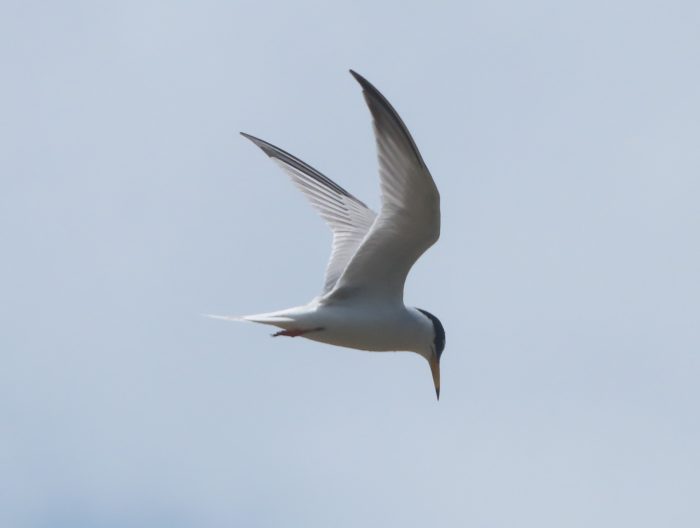
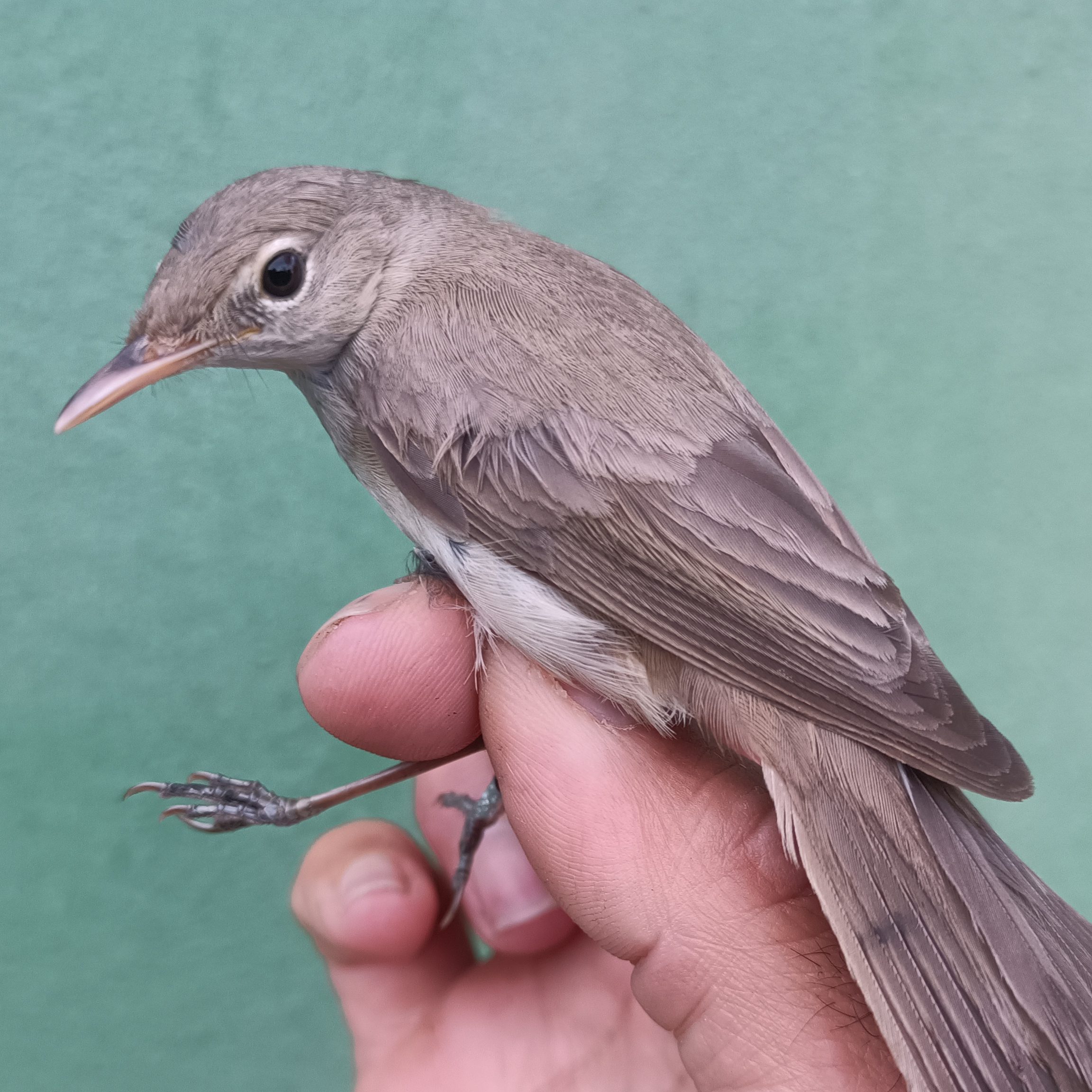



Fledged juvenile Little Ringed Plover

Simar Nature Reserve
Sightings
With spring migration going into its final month, the number of birds in the reserve is gradually decreasing. However, the wetland is starting to change into a lush greenish colour, as the dominant plants continue to flourish. Thanks to the recent and unprecedented rains, the water levels are still relatively high. This is crucial for our biodiversity, since it helps maintaining good oxygen and salinity levels, both essential for aquatic life and water quality.
Reeds are once again thriving at Simar Nature Reserve, thus indicating substrates rich in nutrients. Reedbeds are gradually forming in a few areas of the wetlands. They constitute an important habitat for several bird species, offering them shelter, nesting sites and food. Several birds were observed using these reedbeds including Purple Herons, Common Little Bitterns, Squacco Herons and Ferruginous Ducks. They also served as nesting sites for Common Moorhens and Coots. Other species — such as Sedge Warblers and Great Reed-warblers — used them as a food source. Towards the end of the month several Common Reed-warblers could be heard singing from within the reedbeds, hopefully remaining to nest.

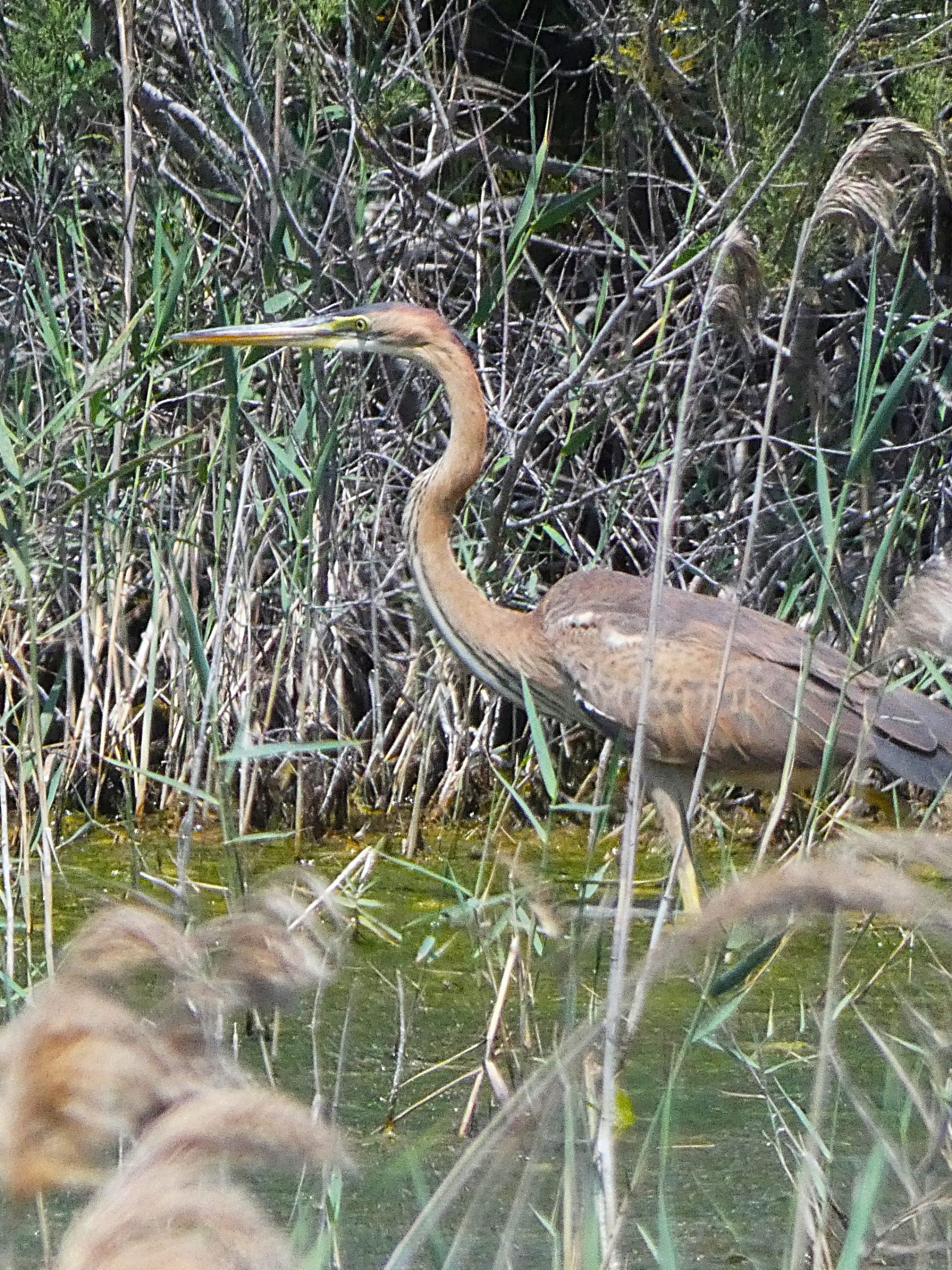

Foresta 2000
Sightings
May brought a shift in scenery at Foresta 2000 as the grasses turned golden and the first signs of summer set in. But even with this dry look, the reserve is bursting with life. The Mediterranean Thyme is in full bloom and attracts many bees.
Barn Swallows, Northern House Martins, and Common Swifts were seen gracefully flying in the sky. Spotted Flycatchers were busy hunting insects from perches, while earlier in the month our visitors were able to spot the bright flashes of Eurasian Golden Orioles and hear the cheerful calls of many flocks of European Bee-eaters. Freshly hatched Sardinian Warblers kept up their usual activity in the shrubs.

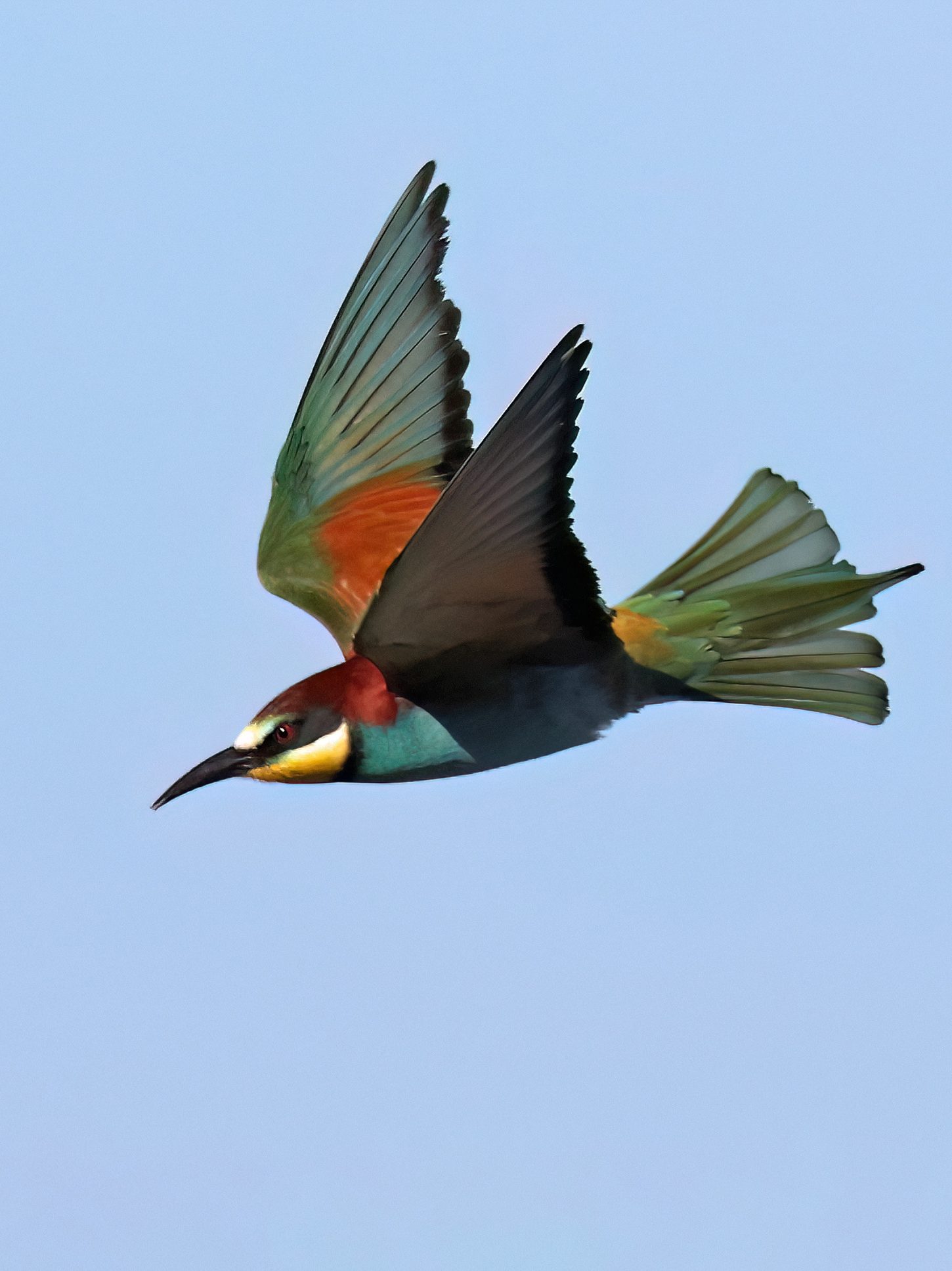

Flowers attracted many butterflies, including the striking Swallowtail and the small but fascinating Lang’s Short-tailed Blue (Leptotes pirithous). This butterfly is common across the Maltese Islands. Males show off metallic bluish-purple wings, while females have brown wings with a hint of colour near the base. Both have a tiny tail-like projection on their hind wings. Their caterpillars feed on plants from the legume family, including beans and peas, and can also be found on leadwort. Many dragonflies — like the bright Blue Emperor — are around, and a Long Skimmer was also spotted zipping over the paths.
Closer to the ground, a lot of Slender Red-winged Grasshoppers can be seen showing off their colourful wings in flight.
Works
This month we trimmed the walking paths, carried out regular clean-ups, and made sure the trails stayed clear and welcoming for visitors.
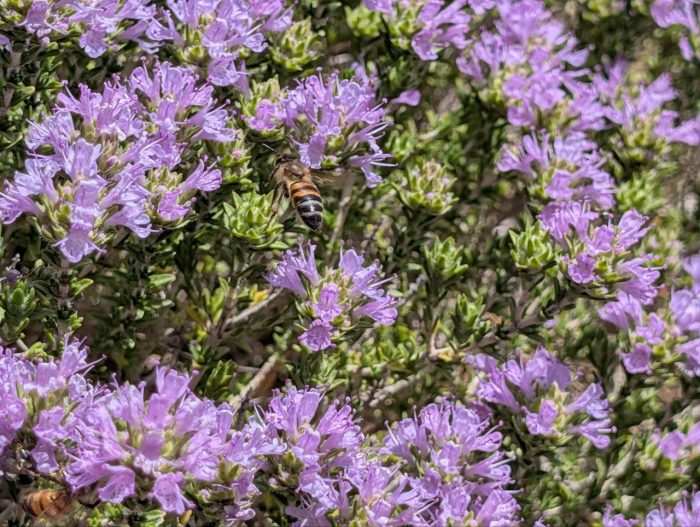
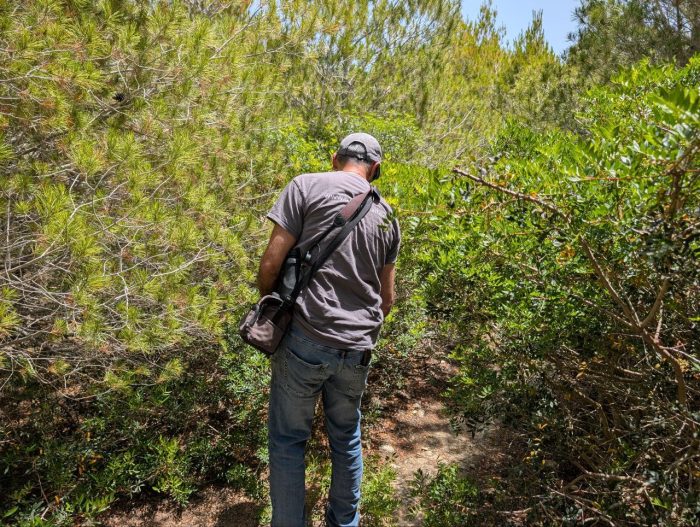
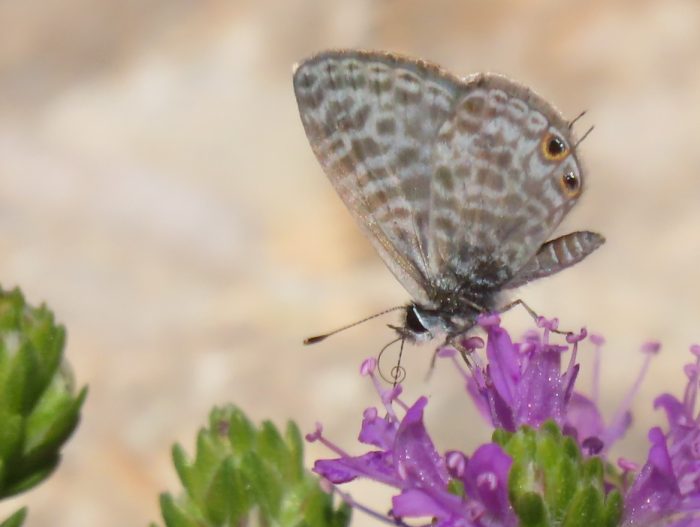

An Extremely Lucky Visit!
The Collared Pratincole (Glareola pratincola, or Perniċjotta in Maltese) is a rare and occasional visitor to the Maltese Islands. It is typically seen during spring and autumn migration. With its elegant, swallow-like flight, chestnut underwings, and distinctive black-and-white facial markings, this graceful wader prefers open areas such as dry fields and coastal wetlands.
On the last day of May, the last visitors at Għadira Nature Reserve — before the place closed for the summer months — were treated to a Collared Pratincole that briefly alighted on the islands within the wetlands, where it spent some time preening and resting before continuing its journey northward.
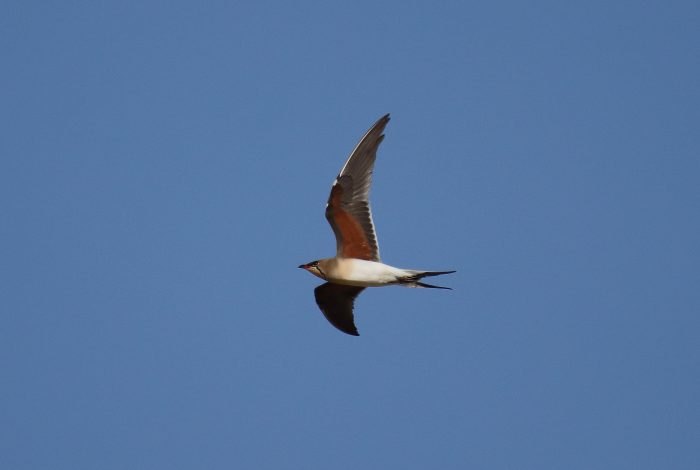

Comino Trip: More than the Blue Lagoon
What comes to mind when you think of Comino? Is it just the Blue Lagoon, kiosks, and crowds of tourists?
On the 1st of May, we invited a group of nature lovers to discover a very different side of the island — one without the crowds and teeming with vibrant wildlife. Our journey began at Santa Marija Bay, from where we walked to the Comino Bird Observatory — an ornithological station where BirdLife Malta carries out research on bird migration. The group took part in a bird ringing session, learned about spring migrants, and then set off on a joyful walk to explore the island’s raw, untamed beauty.
Take a look at the highlights from our trip by clicking here.
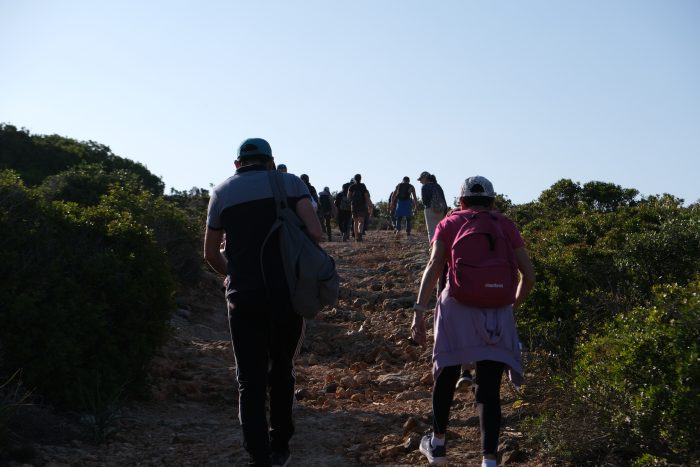
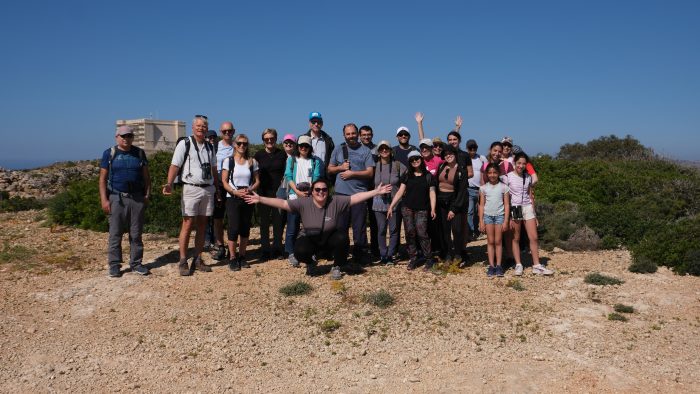

Nature Walk from Burmarrad
Our Events & Activities committee organised yet another scenic walk starting from Burmarrad. The route took us towards Wied Qannotta, a beautiful valley that still had a watercourse going through it and plenty of wildflowers! We then went uphill, into Wardija, from where we enjoyed a breathtaking view of the surrounding landscape. On the way back we passed through the hamlet of Bidnija and finished the walk at the starting point. It was a beautiful day with incredible people and experiences.
Don’t miss our next nature walk! Check out the details here.
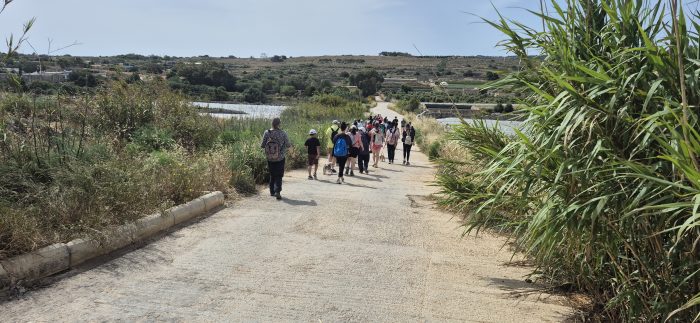
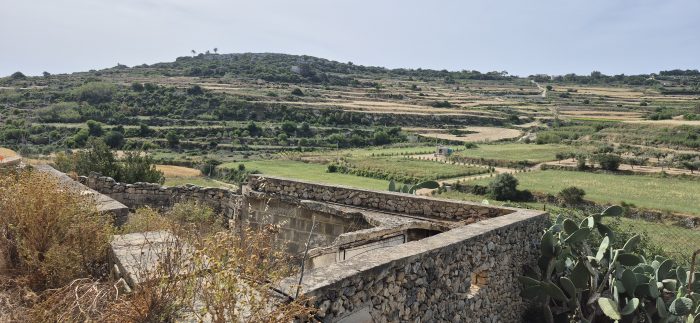
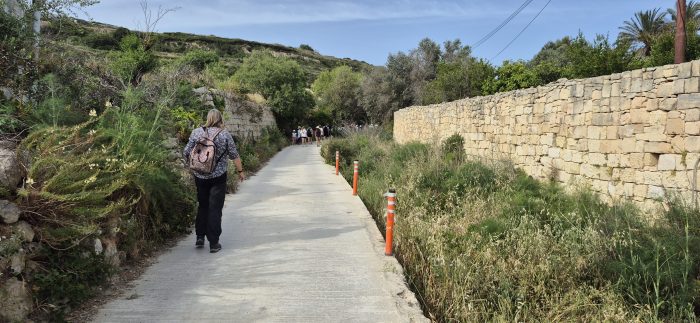
Crafts, Inclusivity and Games at Warda Fest 2025!
Following our activities for the Erasmus+ project “A Superpower to Defend Nature“, on the 4th of May we had the pleasure of spending the day at St. Nicholas College, Dun Manwel Attard School in Wardija, as it opened its door in occasion of Warda Fest. In a welcoming and inclusive atmosphere, anyone could join us at our stand for an interactive experience involving crafts, fun facts and sensory games for all! Who said learning can’t be fun?
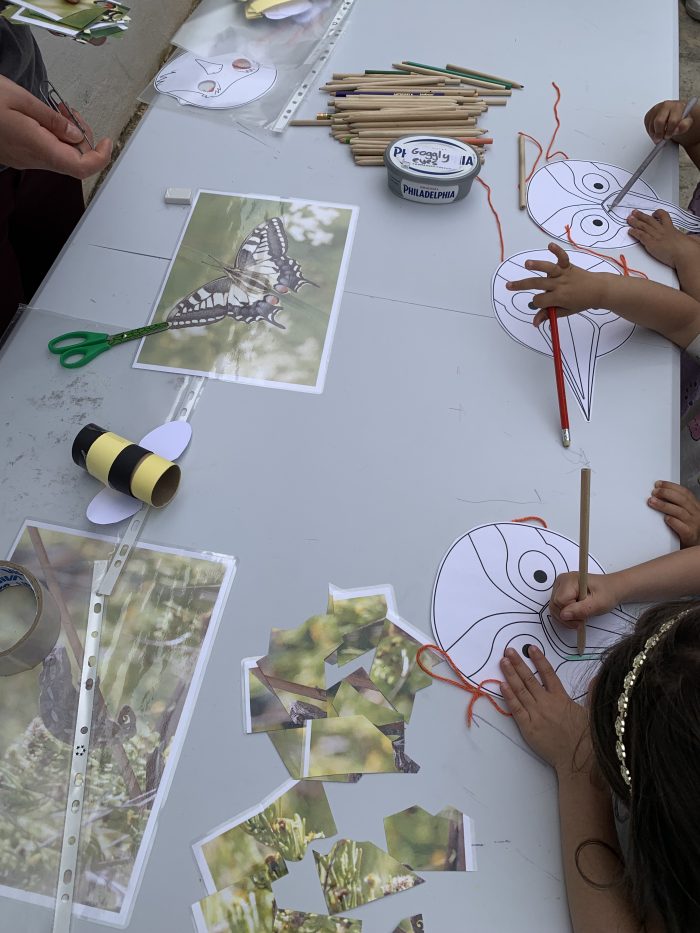


Biodiversity at University
On May 9th BirdLife Malta’s Public Engagement team organised an event about biodiversity at the University of Malta. During the event, students explored local ecosystems and learned about the importance of citizen science. After a discussion on how everyone can contribute to scientific research, we explored Wied Għollieqa Nature Reserve, observing and documenting local plants, insects, and wildlife.
We look forward to future opportunities with students at the university! Click here to have a glimpse of what we did.
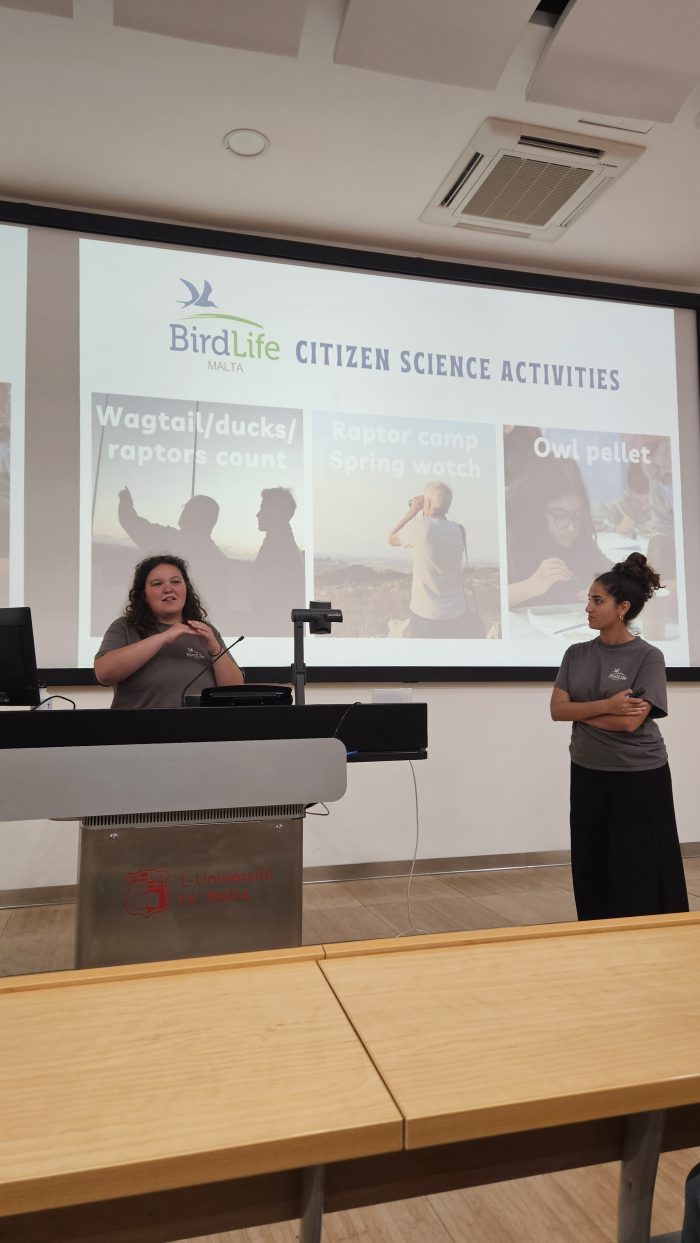
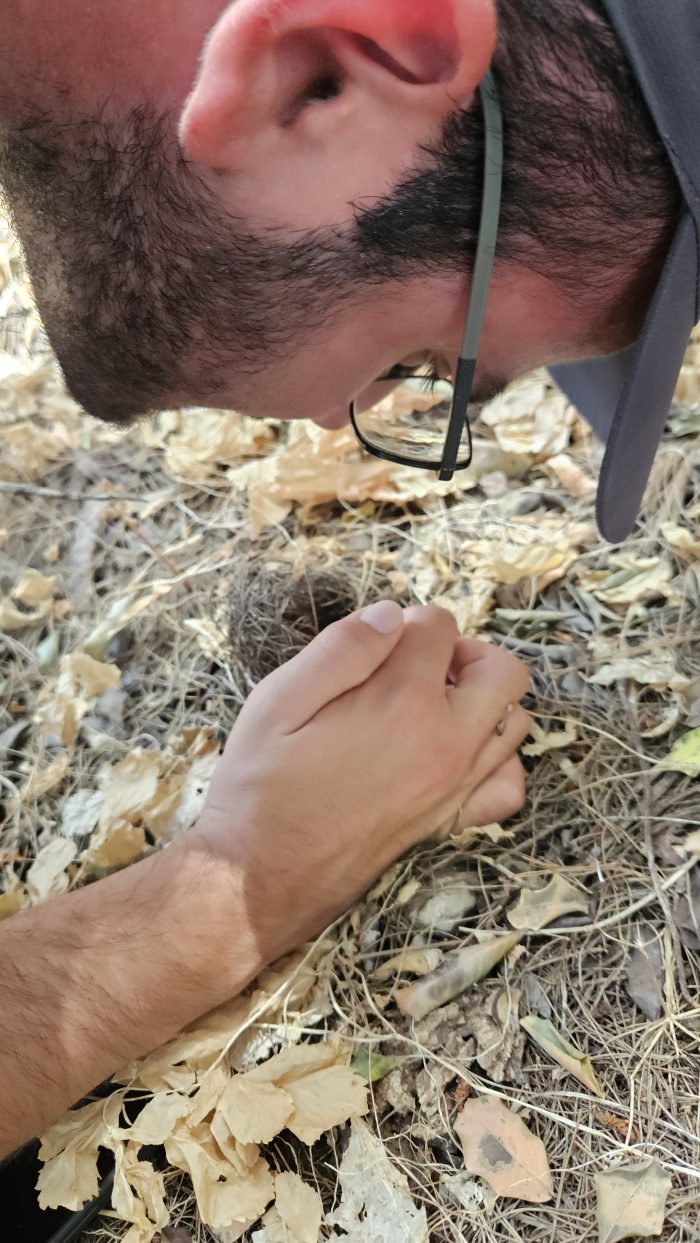
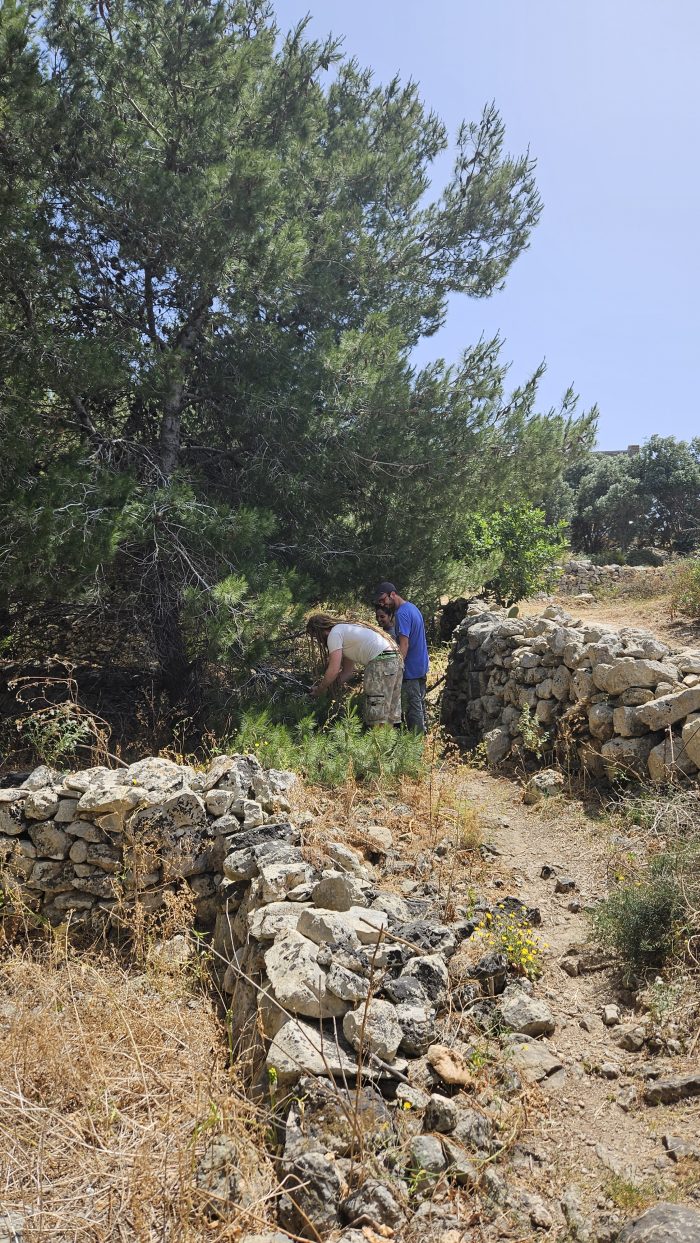
Shearwater Evening Walk at the White Tower
To mark European Maritime Day, BirdLife Malta’s LIFE PanPuffinus! project team teamed up with It-Torri l-Abjad for a truly special evening celebrating Malta’s coastline heritage and seabirds’ conservation.
The views were breathtaking, and the cliffs echoed with Yelkouan Shearwaters. We watched birds glide effortlessly above the waves and enter the colony using a thermal camera that allowed us to see them under the dark sky. We learned how they return to these same cliffs every year to nest, each pair laying one egg. Since the area is a Natura 2000 site, these activities are being done under an ERA permit, using red torches and limiting the number of visitors to minimise disturbance to wildlife.
It was peaceful, wild, and eye-opening, a reminder of the rich natural life that exists just beyond the beaten path. If you love nature, keep an eye out for the colony walks organised by BirdLife Malta to book your spot.

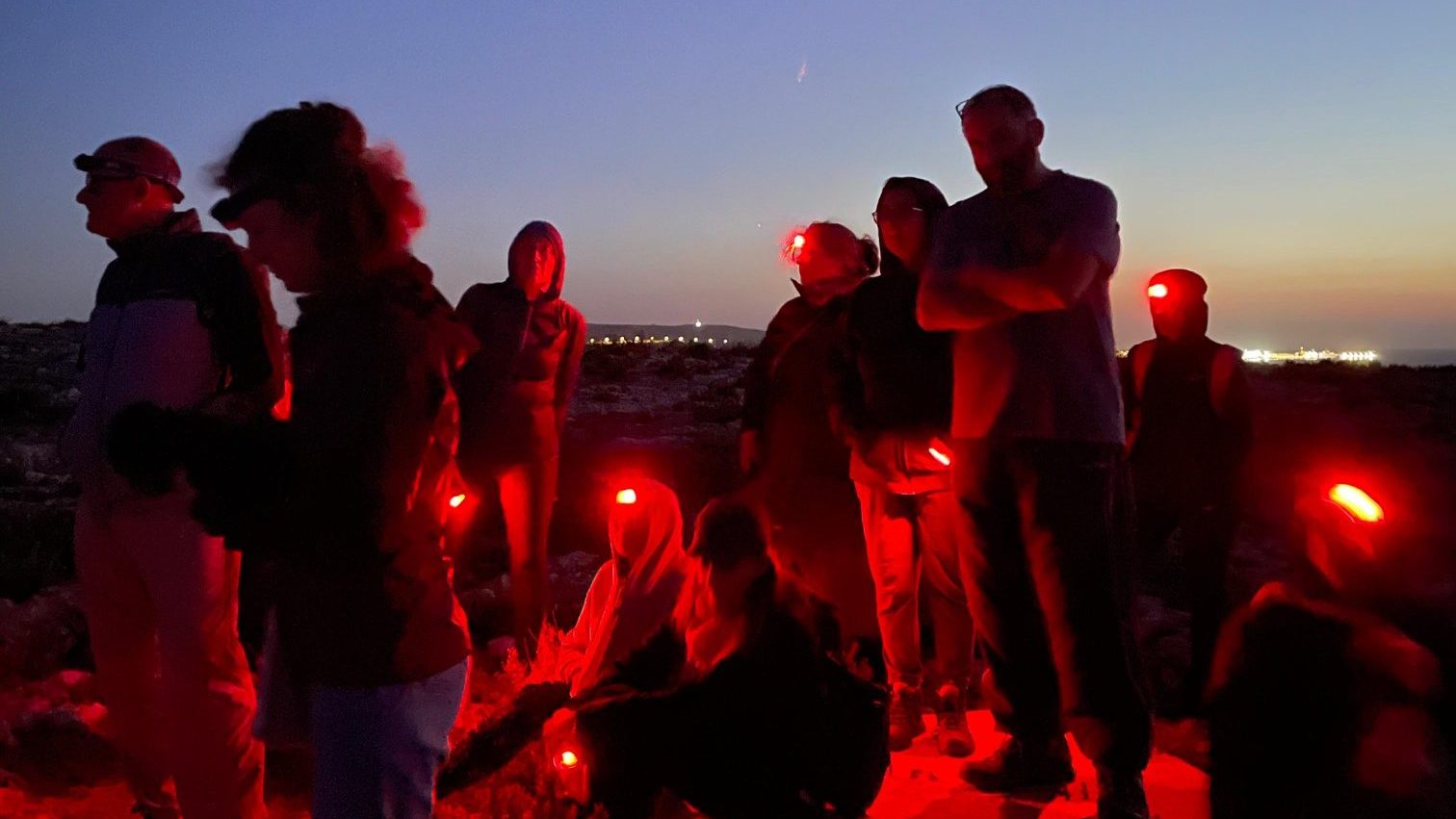
Eyes Full of Wonder at La Bacchetta Magica
Joy, fun and laughter echoed at La Bacchetta Magica, where even toddlers as young as 2 or 3 years old could discover more about birds! With their handmade binoculars, their curiosity roamed free as they kept their eyes open for new birds, seeds, and insects, as they discovered what birds eat in the wild. They learned how birds can come in different shapes and colours, while also having the chance to listen to some of their unique calls! As we tried to fly around all together, mimicking the bird songs, a little bit of wilderness was brought in this magical space — a place where the seeds of our future can safely grow, learning to appreciate the world around them.
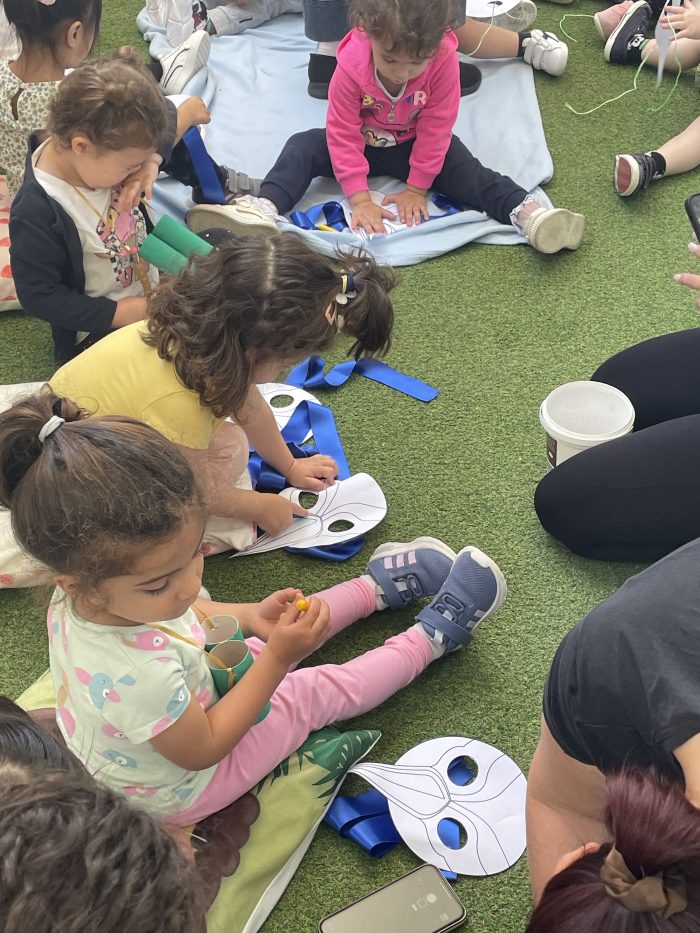
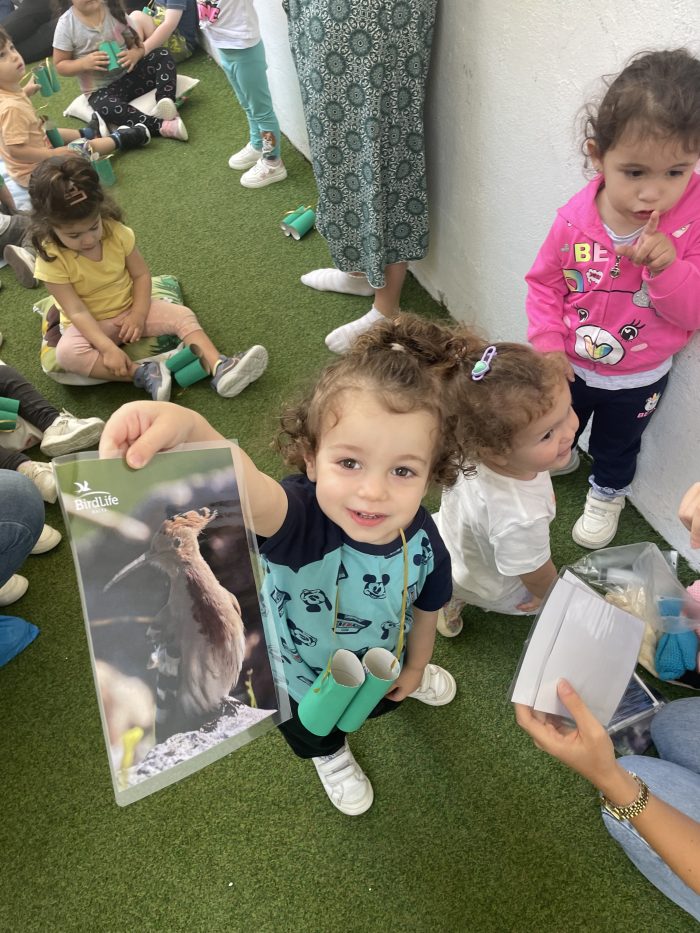
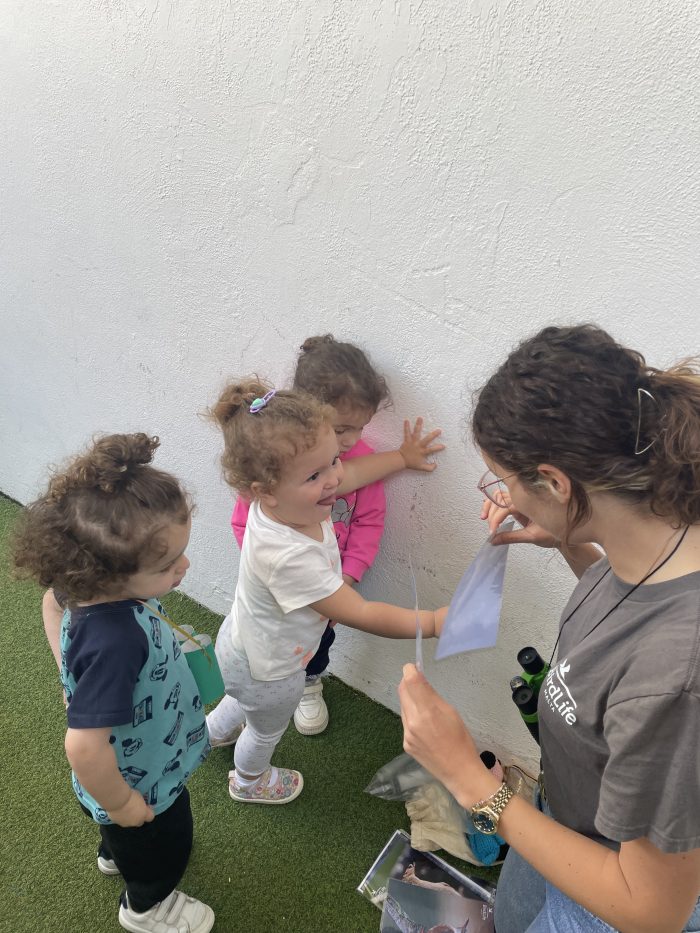
Credits
Words: Tamar Antia, David Attard, Justine Borg, Charles Coleiro, Mark Gauci, Nastasya Koroleva, Giada Lampitelli, Filip Martinic, Rita Matos, Nadia Sodano, Vera Tokmakova, BirdLife Malta’s Conservation Team
Photographs: David Attard, Martin Austad, Justine Borg, Bernadette Chircop, Charles Coleiro, Mario V. Gauci, Giada Lampitelli, Lara Manger, Rita Matos, Antonia Micallef, Stefania Papadopol, Nadia Sodano, Aron Tanti, Vera Tokmakova, BirdLife Malta’s Conservation Team
Editing: Nadia Sodano
